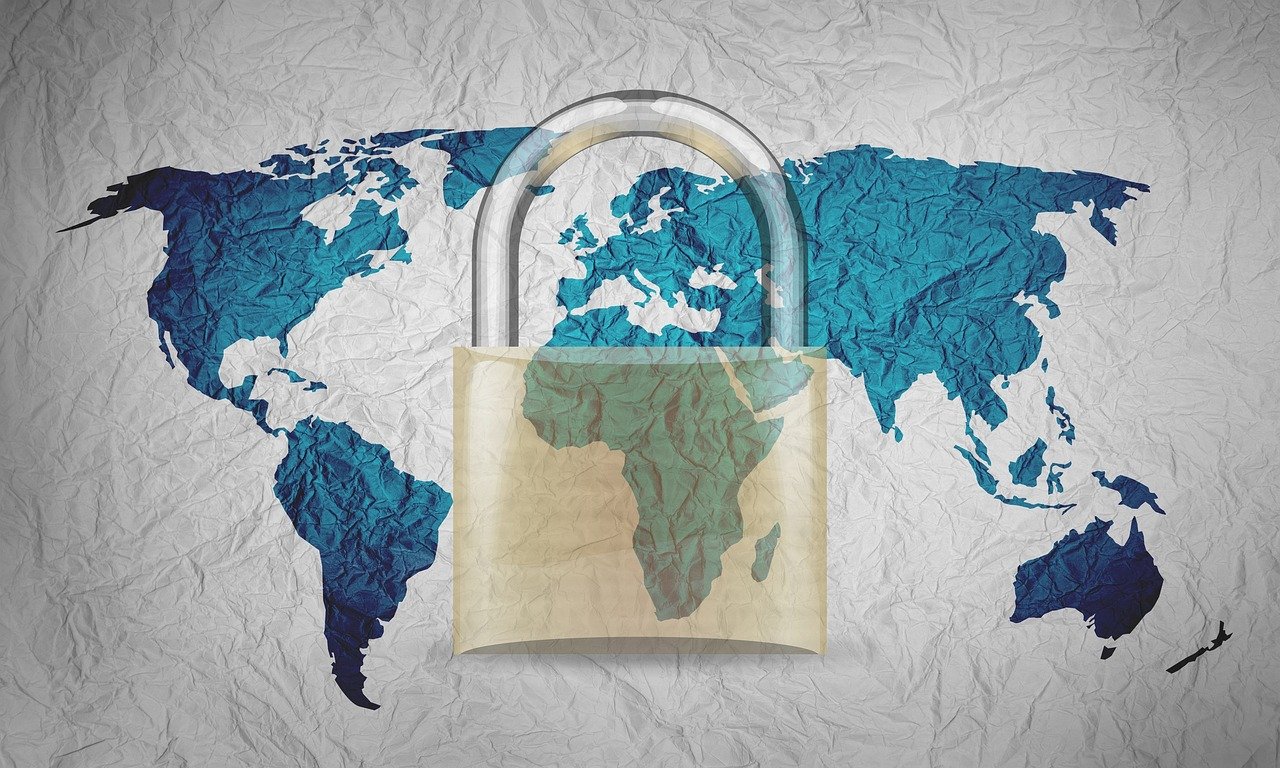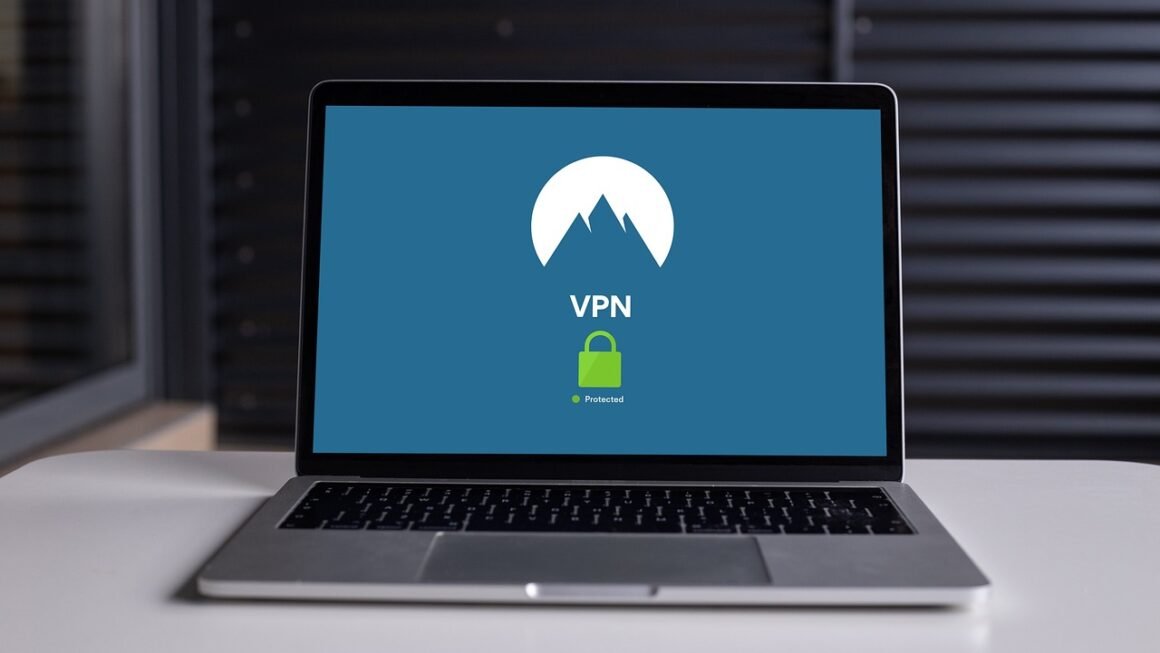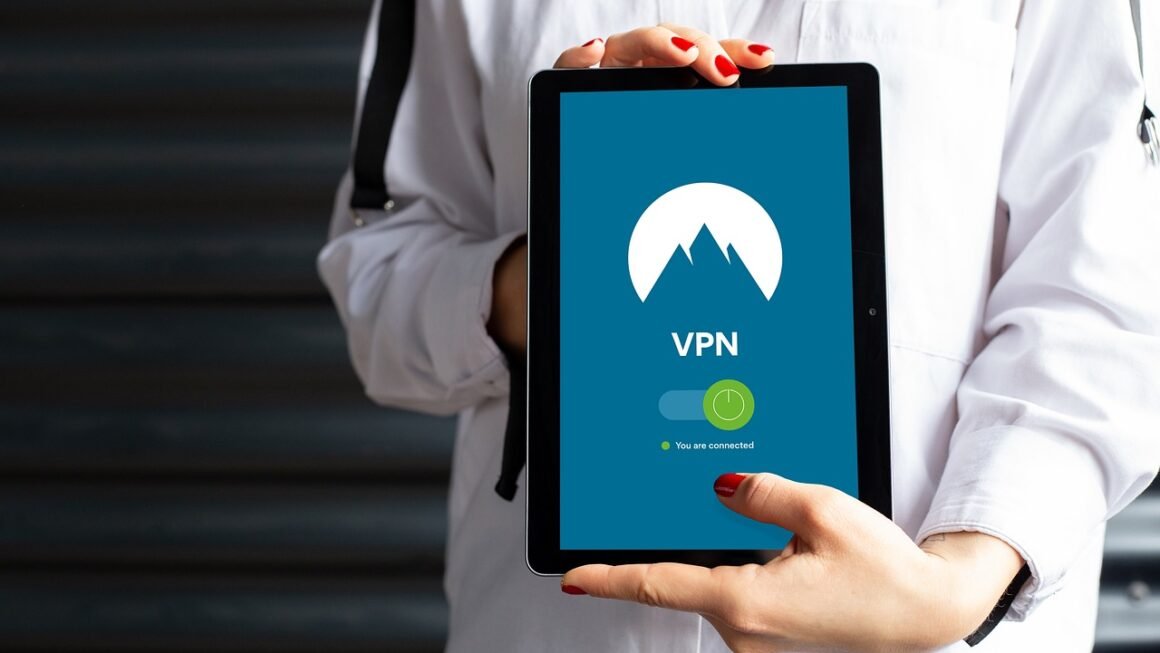Cybercrime is no longer a futuristic threat relegated to Hollywood blockbusters. It’s a present-day reality, impacting individuals, businesses, and even governments on a global scale. From phishing scams targeting vulnerable individuals to sophisticated ransomware attacks crippling entire organizations, understanding the landscape of cybercrime is crucial for protecting yourself and your assets. This blog post will delve into the various aspects of cybercrime, providing insights into the different types of threats, preventative measures, and what to do if you become a victim.
Understanding the Scope of Cybercrime
Defining Cybercrime
Cybercrime encompasses any criminal activity that involves a computer or network. This broad definition includes a wide range of offenses, from hacking and malware distribution to identity theft and online fraud. It’s a constantly evolving field as criminals adapt their methods to exploit new vulnerabilities and technologies.
The Global Impact of Cybercrime
The cost of cybercrime is staggering. According to recent reports, cybercrime is projected to cost the world trillions of dollars annually. This figure includes financial losses, damage to infrastructure, reputational harm, and the cost of recovery efforts. The impact extends beyond financial losses; it also erodes trust in online systems and services.
- Economic Impact: Loss of intellectual property, business disruption, and increased cybersecurity spending.
- Social Impact: Identity theft, online harassment, and the spread of misinformation.
- Political Impact: Election interference, espionage, and attacks on critical infrastructure.
For example, the NotPetya ransomware attack in 2017 caused billions of dollars in damage worldwide, affecting businesses across multiple sectors. This single event highlights the potential for widespread disruption and financial loss resulting from cybercrime.
Common Types of Cybercrime
Phishing and Social Engineering
Phishing is a deceptive tactic where criminals impersonate legitimate entities to trick individuals into revealing sensitive information like usernames, passwords, and credit card details. Social engineering, on the other hand, relies on manipulating human psychology to gain access to systems or data.
- Example: An email appearing to be from your bank asking you to update your account information.
- Example: A phone call from someone claiming to be technical support, requesting remote access to your computer.
- Tips to Avoid Phishing and Social Engineering:
- Be wary of unsolicited emails or phone calls.
- Never share your password with anyone.
- Verify the legitimacy of requests before providing any information.
- Use strong, unique passwords for each of your online accounts.
Malware and Ransomware
Malware is malicious software designed to infiltrate and damage computer systems. Ransomware, a specific type of malware, encrypts a victim’s data and demands a ransom payment for its release.
- Examples of Malware: Viruses, worms, Trojans, spyware, and adware.
- Impact of Ransomware: Business disruption, data loss, financial losses, and reputational damage.
For instance, the WannaCry ransomware attack in 2017 affected hundreds of thousands of computers worldwide, encrypting data and demanding ransom payments in Bitcoin. This attack demonstrated the widespread impact that ransomware can have on individuals and organizations.
Identity Theft and Fraud
Identity theft occurs when someone steals your personal information, such as your Social Security number or credit card details, and uses it for fraudulent purposes. Online fraud can take many forms, including credit card fraud, investment scams, and online auction fraud.
- Signs of Identity Theft: Unauthorized transactions, unexplained bank withdrawals, and unfamiliar credit inquiries.
- Types of Online Fraud: Phishing scams, advance fee fraud, and investment scams.
- Protecting Yourself from Identity Theft and Fraud:
- Monitor your credit report regularly.
- Use strong passwords and avoid reusing them across multiple accounts.
- Be careful about sharing personal information online.
- Use a secure payment method when making online purchases.
Data Breaches
A data breach occurs when sensitive information is accessed or disclosed without authorization. These breaches can result from hacking, malware attacks, or insider threats.
- Impact of Data Breaches: Loss of customer data, reputational damage, legal liabilities, and regulatory fines.
- Example: A large retail chain experiences a data breach, exposing the credit card information of millions of customers.
Following the Equifax data breach in 2017, which exposed the personal information of over 147 million people, the company faced significant legal and financial repercussions. This example highlights the importance of robust data security measures to prevent data breaches.
Protecting Yourself from Cybercrime
Strong Passwords and Authentication
Using strong, unique passwords for each of your online accounts is essential for protecting yourself from cybercrime. Multi-factor authentication (MFA) adds an extra layer of security by requiring you to provide two or more forms of verification when logging in.
- Password Best Practices: Use a combination of uppercase and lowercase letters, numbers, and symbols.
- Benefits of MFA: Significantly reduces the risk of unauthorized access to your accounts.
For example, enabling MFA on your email account can prevent hackers from accessing your emails even if they obtain your password.
Software Updates and Security Patches
Keeping your software up to date is crucial for patching security vulnerabilities that cybercriminals can exploit. Software updates often include security fixes that address known weaknesses in the software.
- Benefits of Regular Updates: Protects against known vulnerabilities, improves performance, and adds new features.
- Automated Updates: Enable automatic updates for your operating system, web browser, and other software applications.
Microsoft regularly releases security updates for its Windows operating system to address vulnerabilities that could be exploited by malware. Installing these updates promptly can help protect your computer from cyberattacks.
Cybersecurity Software and Tools
Using cybersecurity software such as antivirus programs, firewalls, and intrusion detection systems can help protect your computer and network from cyber threats.
- Antivirus Software: Detects and removes malware from your computer.
- Firewalls: Blocks unauthorized access to your network.
- Intrusion Detection Systems: Monitors network traffic for suspicious activity.
For example, a firewall can prevent hackers from accessing your computer from the internet, while antivirus software can detect and remove malware that may have been downloaded from a malicious website.
Safe Browsing Habits
Practicing safe browsing habits can help reduce your risk of becoming a victim of cybercrime. This includes being wary of suspicious websites, avoiding downloading files from unknown sources, and using a secure web browser.
- Tips for Safe Browsing:
Check the URL of a website before entering any personal information.
Avoid clicking on links in suspicious emails or messages.
Use a secure web browser with built-in security features.
Enable pop-up blockers to prevent malicious websites from opening automatically.
What to Do If You’re a Victim of Cybercrime
Report the Incident
If you believe you’ve been a victim of cybercrime, it’s essential to report the incident to the appropriate authorities, such as the Internet Crime Complaint Center (IC3) or your local law enforcement agency.
- Benefits of Reporting: Helps authorities track down cybercriminals and prevent future attacks.
- Information to Include in Your Report: Details about the incident, including the date, time, and nature of the crime.
Change Your Passwords
If your account has been compromised, it’s crucial to change your passwords immediately. Use strong, unique passwords for each of your online accounts.
- Password Management Tools: Consider using a password manager to generate and store strong passwords securely.
Monitor Your Accounts
Keep a close eye on your bank accounts, credit cards, and other financial accounts for any unauthorized activity. Report any suspicious transactions to your bank or credit card company immediately.
- Credit Monitoring Services: Consider signing up for a credit monitoring service to receive alerts about changes to your credit report.
Seek Professional Help
If you’ve suffered significant financial losses or emotional distress as a result of cybercrime, consider seeking professional help from a therapist or financial advisor.
Conclusion
Cybercrime is a pervasive and evolving threat that requires vigilance and proactive measures. By understanding the various types of cybercrime, implementing robust security measures, and practicing safe online habits, you can significantly reduce your risk of becoming a victim. Staying informed and taking action is the best defense against the ever-growing threat of cybercrime in today’s digital world. Remember to stay alert, stay protected, and report any suspicious activity to the appropriate authorities.



